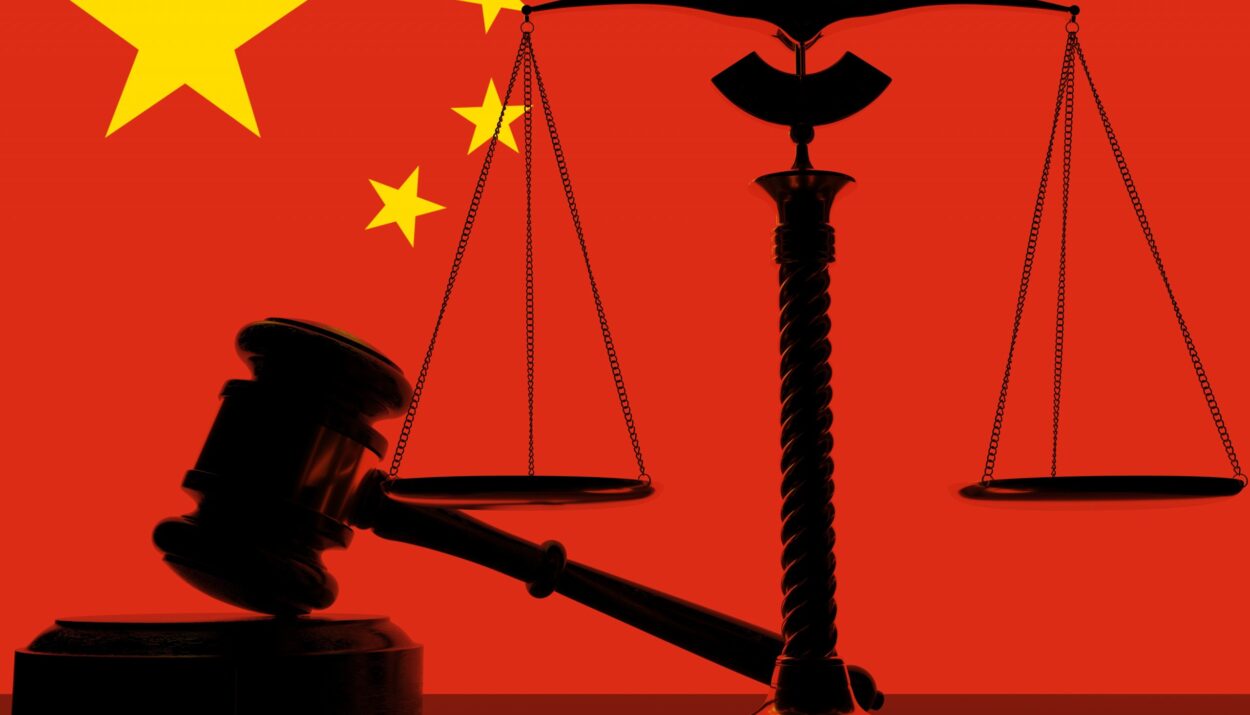Chinese leaders reiterated their wide-ranging economic policy goals on Thursday, emphasizing modernization, domestic demand expansion, and curbing debt and property sector risks. However, specific implementation steps were notably absent.
The pledges, published by Xinhua following a key Communist Party Central Committee meeting led by President Xi Jinping, included promises to improve social security, healthcare, and income distribution, along with land, tax, and financial reforms. These goals have been recurrent themes in official documents over the past decade.
This comes at a time of increasing financial hardship domestically and growing import barriers from trade partners like Europe and the U.S. Consumer sentiment is near record lows due to low wage growth and job market uncertainty. Meanwhile, industrial overcapacity has triggered price wars, squeezing profits and raising deflation fears.
China’s economy grew slower than expected in Q2, heavily reliant on industrial output and external demand, while the property sector and household consumption lagged.
“There is little in the initial statement that leaves room for optimism,” said Max Zenglein, chief economist at Merics. Analysts noted the plenum suggested policy continuity rather than shifts in economic strategy.
The lack of details on boosting consumer demand while focusing on production-oriented policies remains a key concern. The leadership reiterated the need for “new productive forces” through scientific research and technological breakthroughs to modernize manufacturing.
China aims to balance economic security with market forces, enhancing market mechanisms to create a fairer, more dynamic environment. However, it remains to be seen how these broad goals will translate into actionable policies.










